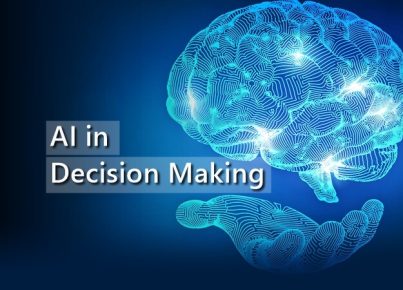When schools make a positive change in the academic performance of their students, they are often led by highly involved and active school leaders. This doesn’t mean that administrators are in the classrooms putting their skills to use. Surprisingly, research shows that the best way for school leaders to be effective at improving academic performance in students is to create a culture of learning throughout the school environment. Creating a culture of learning is possible for every school. Here are six ways that administrators can foster an educationally enriching environment.
- Start with a Mission
The mission of the school as crafted by the administration is the most influential contribution – more than hands on classroom participation or higher level advocacy. That doesn’t just mean creating a mission statement, rather it means an active implementation of that mission statement that shapes the school environment to create a place that fosters learning from every level. A school’s mission is the key tool for administrators in the pursuit of academic excellence. Once a strong mission has been created, then it should be discussed and broken down with every stakeholder in the school community, allowing everyone to realize its importance and to see how it guides the culture of the school environment.
- Communicate Effectively
People can’t do what you’re asking of them if they’re not clear on your expectations. In schools that have a culture of learning, administrators clearly express the ways that they want their policies and educational methodologies to be implemented. Of course are still questions, but these are largely clarifications that are based upon the prior information that’s been given to staff. Administration shouldn’t wait until information is requested, but rather should preemptively offer what they find to be most important. In addition, it’s important that when questions and clarifications do come up, that the administration is open to improvement rather than rigid.
- Implement Strong Policy
The impact of administration on the outcomes of student learning is a significant one. Administrators shape the school’s vision – the big picture of the educational environment, through the policies that are implemented throughout the school. That means creating policy that fosters rather than inhibits learning in students, and which views everything through the lens of education. Discipline is of value only when it’s part of the educational process. Schedules are structured to promote academic performance. Non-academic activities are recognized for their enriching role in the academic process, and fostered appropriately. When principals are consistent in their articulation AND execution of the school’s objectives, then support their staff in the carrying out of those solidly founded policies, we see students grow academically in meaningful ways.
- Be an Active Presence
Administrators who sit in their offices are not able to effectively lead their staff and students. In order to create a culture of learning, administration has to be a visible presence in the hallways and in the classroom, interacting with students and staff in a way that reinforces the mission statement and implemented policies. That means not just walking the halls or performing disciplinary actions, but rather looking to further reinforce educational ideas in meaningful ways.
- Provide Resources
In these times of tight budgets, when we think of resources, we tend to immediately think of school supplies. But resources are so much more than that. Administrators themselves are resources, and when they’re highly visible it’s offering something important to students and teachers. Incentives that aren’t tied to the budget can be an important driver for teachers and students, think about school wide competitions or perks that can be provided. Perhaps the biggest resource that administrators can offer is time: instructional time, planning time, down time. There are never enough hours in the school day, but how those hours are structured can make a huge difference in the amount of time that teachers have at their disposal.
- Guide Instruction
When school goals are coordinated with curriculum, then it is possible to raise student performance through more codified and effective instruction across the school environment. What’s perhaps most surprising here is that it is NOT hands on implementation of the school’s vision that affords the most value to students. It’s not about administration directly implementing instructional programs, or even directly creating them. Rather it is when administrators create a vision for learning that they then trust their skilled teachers to implement. The framing of educational and academic goals that is the most effective offering of administrators in the pursuit of higher levels of performance in students. Administrators can effectively create positive academic outcomes for students by promoting the mission of the school with academic standards, timetables and academic curricula.
Administrators indirectly influence student learning, though powerfully so. These practices foster academic growth in students across socioeconomic and cultural boundaries. Again, notice that none of these involve hands on classroom interventions on the part of administrators, but all foster a structured environment that’s focused on student learning – a school culture of learning.





